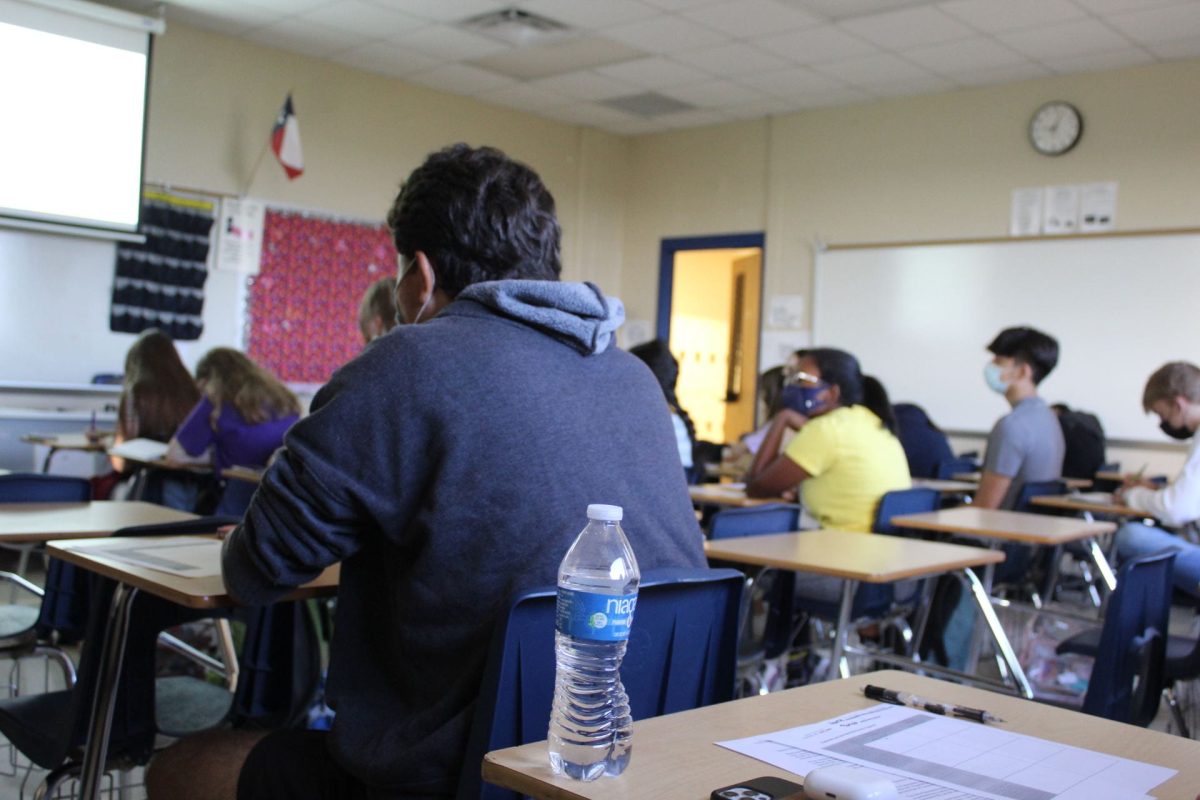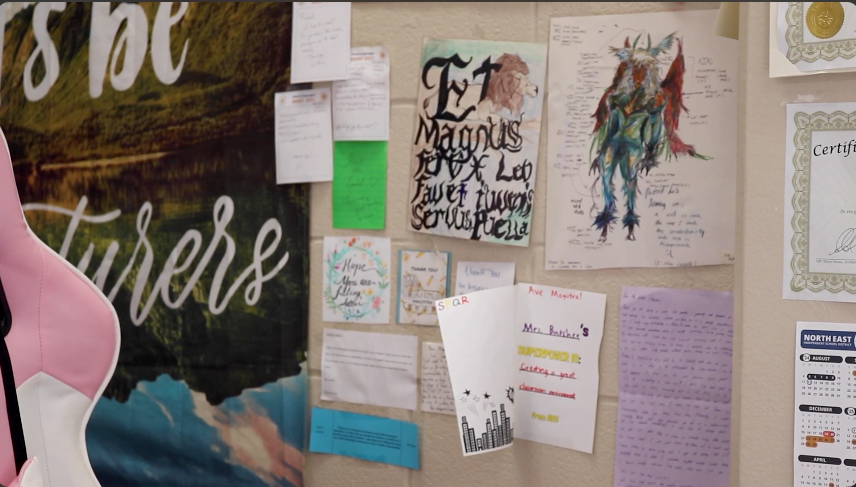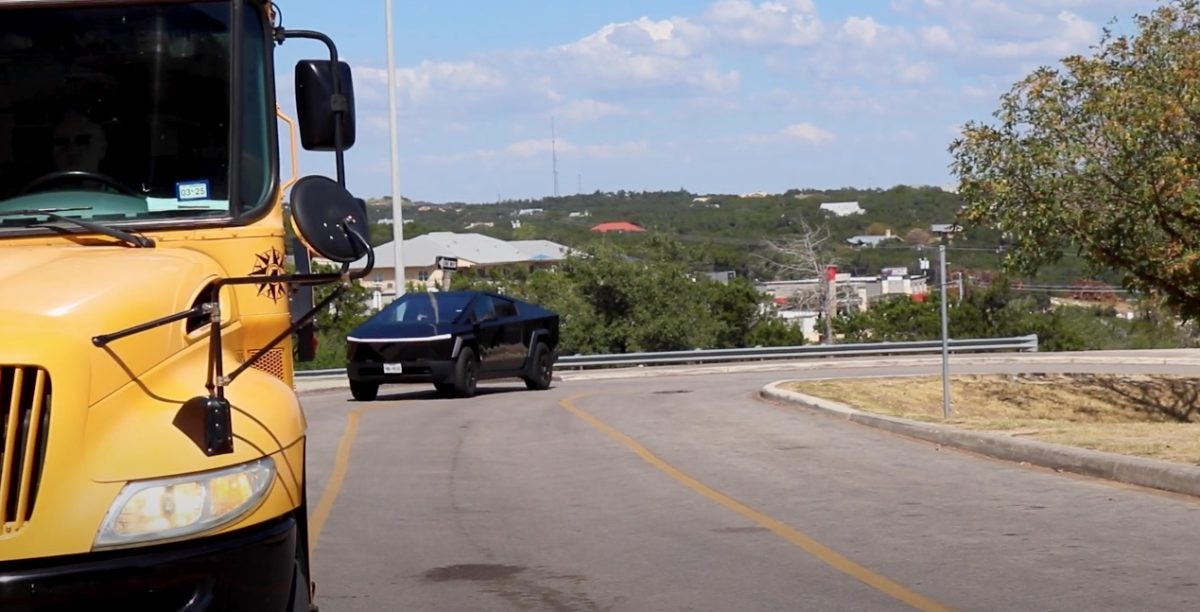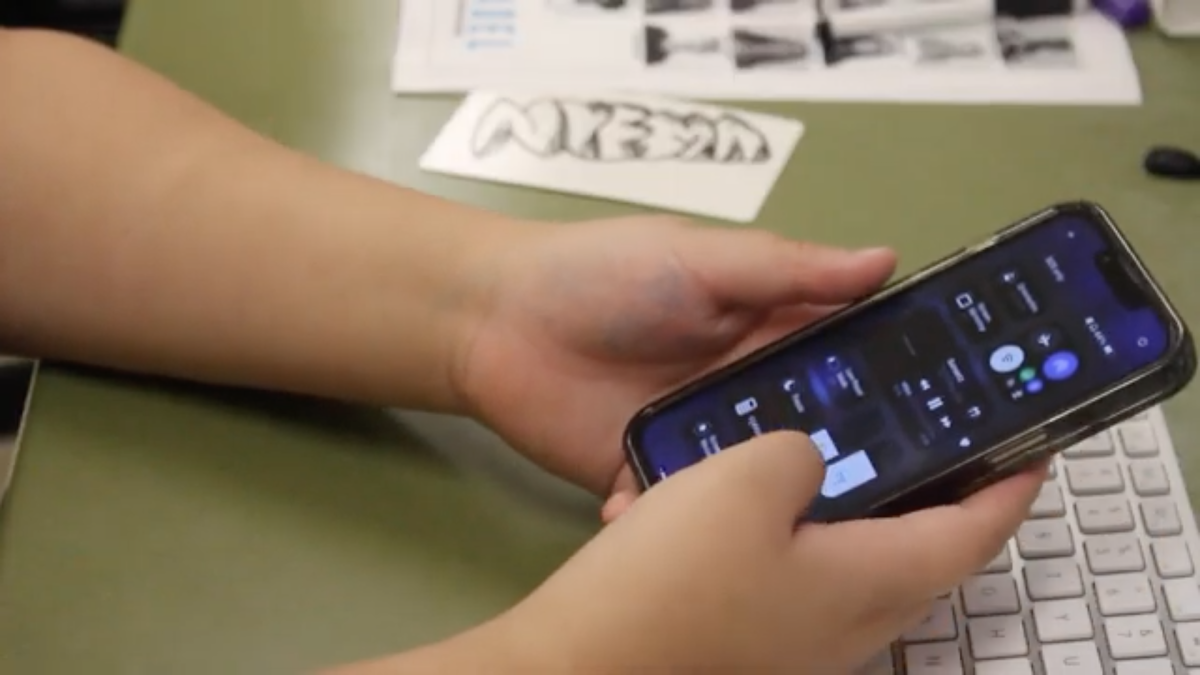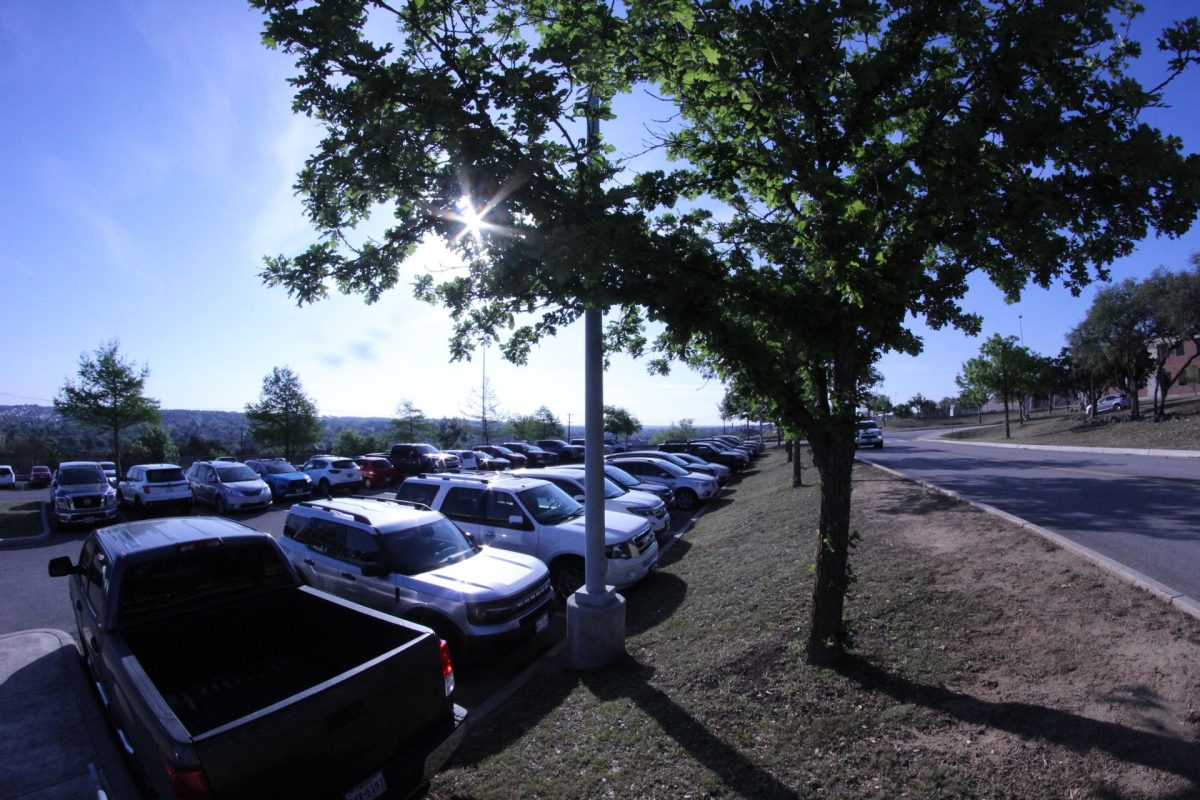by Joseph Sweeney | editor-in-chief
Despite a return to a more normal school year, students will find that not much has changed in terms of social studies curriculum.
“We’re just going back to pen and paper,” social studies dean Cynthia Dubose said. “It’s kind of, again, difficult. There’s digital resources that we’re trying to use, and we don’t have enough devices for everybody now that everyone is on-campus. If we could have everyone on-campus use digital devices and be digital, then it would be pretty seamless.”
Though students may find course work more rigorous and time-consuming than previous years, they are urged to understand the changes in curriculum last year were mostly caused by circumstance.
“I think that last year, because we were having to figure out how to teach in-person, synchronously, asynchronously, without any real preparation for it, we ended up kind of having to do kind of a bare minimum,” AP US History teacher Timothy Green said. “We were also limited on how much discipline we could enforce as far as students treating assessments fairly and not using other resources. This year, the class feels a lot harder to students than what they did last year.”
Resources used heavily during remote learning, such as Edpuzzles, have been retained as additional resources and homework assignments.
“We have carts of iPads, and we’re having to download the app on every iPad individually,” Dubose said. “Last year, because everyone had their own laptop, and fifty percent of kids were at home, things like that were easy to use because people had devices. Now it’s kind of a struggle like ‘I have an Edpuzzle from last year I’d like to use, how am I going to use it? Well, let me get the iPads and make sure it’s loaded, or try to get a chrome cart.’ There are layers of challenges to do things.”
Students have found the adjustment challenging, thouh welcome certain aspects of the return to in-person learning.
“In class, when you’re talking to the teacher, they’re asking questions and they’re getting to know you,” junior Jasmin Buenaseda said. “There’s a lot more reading, so a lot of people dropped the first week. There’s also a lot of memorization. You have to study on your own time. You don’t get time in class to learn: you read [first] and then go over it.”
Above all, teachers aim to reestablish the learning environment that existed in the pre-pandemic era.
“I feel a lot of students, even if they were in the Zoom, they didn’t feel like they were in the class,” Green said. “It was very difficult for me to get kids last year that were online to ask questions about things that I was saying or that we saw in a video, or looking at a document, I think they were hesitant to ask. And students typically are somewhat hesitant, but I think students that have been with me in-person, in class, for a few weeks, they get a bit more comfortable with me. I would say that’s one of the big changes we’re seeing this year.”


